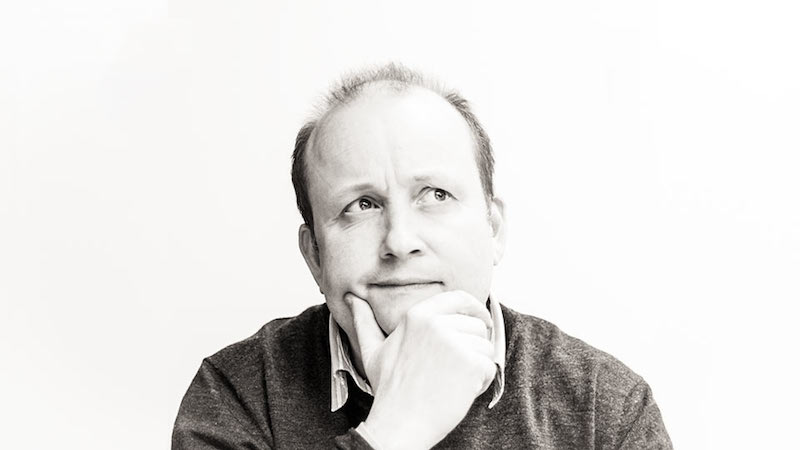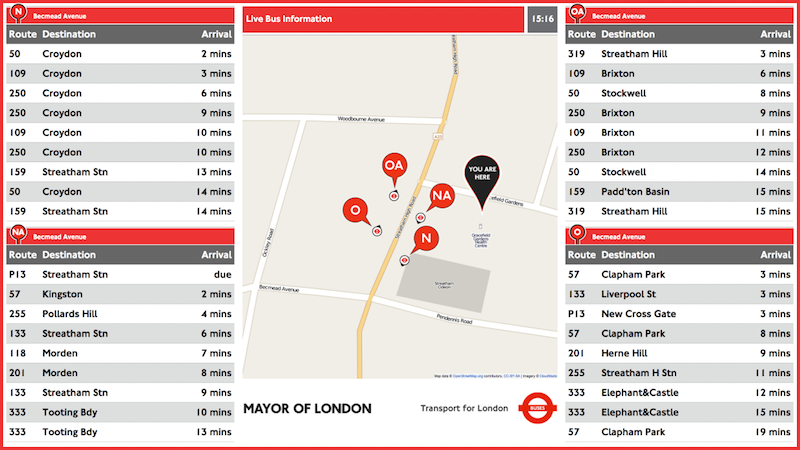Name: Christopher Johns
Title: Commercial Director
Company: Aardvark London
Established: 1996
Number of employees: 17
Basecamp customer since: 2004
Tell us a little about Aardvark — what kind of work do you do?
We’ve got two sides of the business. One is the digital agency where we design, build and support the digital experiences for clients. (See examples here.) The other sides is our eCRM platform called Nudge. That’s the back end, effectively, for all our client websites. It manages customer inquires, email marketing, customer communications and customer database and behavioral tracking as well.

You’ve been using Basecamp for a long time, more than 9 years. Do you remember how you first found out about it?
There had been quite a lot of buzz … I think Mike Arrington of TechCrunch had written something about Basecamp. At that time, we were growing and looking for ways to manage our client expectations and their projects. It seemed like a no-brainer, an easy way for everyone to track what’s going on and get customer buy-in as well.
What kinds of problems were you having with managing client expectations?
In what we do, there’s a lot of going back and forth with clients, and various people within various positions. So you might be speaking to the digital marketing person, the head of operations, the head of marketing. Historically, you would have done things via email. You would have sent someone a concept or something, and said “What do you think of this concept?” You’d CC three people on that email, and have three people coming back with comments, some of which are conflicting. Then you start replying to those and indenting your comments on their original comments. Pretty soon, you know what it’s like; everything gets lost. The original sort of thrust, the momentum, of the project gets bogged down in trying to manage the communication between you and these disparate parties.
Clients may not be as technically proficient as you want them to be. My son is 12 and my youngest is three. The three-year-old is very, very capable of using my iPhone and my iPad and doing all of that, whereas my mother is not.
So your clients tend to be older or less technologically adept?
Some of them are, some of them aren’t. What they don’t want to do is have to learn a whole new thing just to work with us. Our job is to make their lives easier. If they have to go and learn a whole new thing in order to just communicate, you’re off to a bad start to the relationship.
Basecamp is very simple. They don’t have to go and log into anything; all they do is reply to an email, and post their comments. And being able to track all those comments coming through, from all of those disparate sources … you’ve got a nice clean audit trail so that if anybody questions it at a later date, you can say, “well, have a look at this. This is what you said on this date.”
Does that happen?
Yeah, it does. Not that frequently.
What kinds of projects have you managed with Basecamp?
We’ve just done a project for Transport for London, the authority that runs all the underground for London and the buses, Boris Bikes, and the river buses as well. We’ve just built a digital sign project for them — you’ll see signs all over London now with these maps on them that have real-time bus departure information overlaid, that’s localized to the location of the digital sign.
With digital signs for Transport for London, it’s about thousands of people all in one location, and how they’re all interacting with that information, and how that sign helps guide them to their chosen destination. So for example, you can’t use colors on a digital sign to indicate a particular stop, because people would be looking around them in the bus station looking for yellow, and that yellow doesn’t exist.

In London, there are literally millions of people who use the buses every day. Millions of people need to know where to go, and digital signs are helping them in that process. It’s a very interesting user experience development process to try to communicate to people via digital signs that are in the real-world environment that have to show complex data and make it simple for all these people to find where they’re going.
What’s your work culture like?
We’re a collaborative culture; we’re a small team. Everyone brings something to the party, and it’s about the respect for what each individual brings to the party that gets the most out of every person working on the team. We’re not a personality-led business. People don’t come to us and say “I want to work with Aardvark because Chris is there.” They work with us because they see the output that we have as a team and they want that for themselves.
I understand you just moved into some new offices?
We are moving, but it’s been delayed. It takes between 60 and 90 days to get fiber installed. We’re moving closer to Transport for London and a couple of our other clients.
We’re changing how we work as well. We just instituted an opportunity for the staff, where they can go and work 25 days per annum from wherever they want to. We have one guy who spent two months earlier this year working out of Peru. If you want to work from home for one day, that’s fine. Basecamp is one of the systems we use that will enable that process to be more effective. At the moment I live in the city with my wife and children and dog, and we’re hoping to move out of London a bit to get a little more greenery. So it’s actually going to help me as well.
Why 25 days in particular?
It’s pretty much an experiment to start with; the 25 days is a pretty arbitrary figure at the moment. If everything goes well, if people like it and they’re motivated and they feel good about the whole thing, productivity is shown to be positive, I don’t see any reason why we couldn’t do more.
Visit Aardvark.

This discussion is closed.